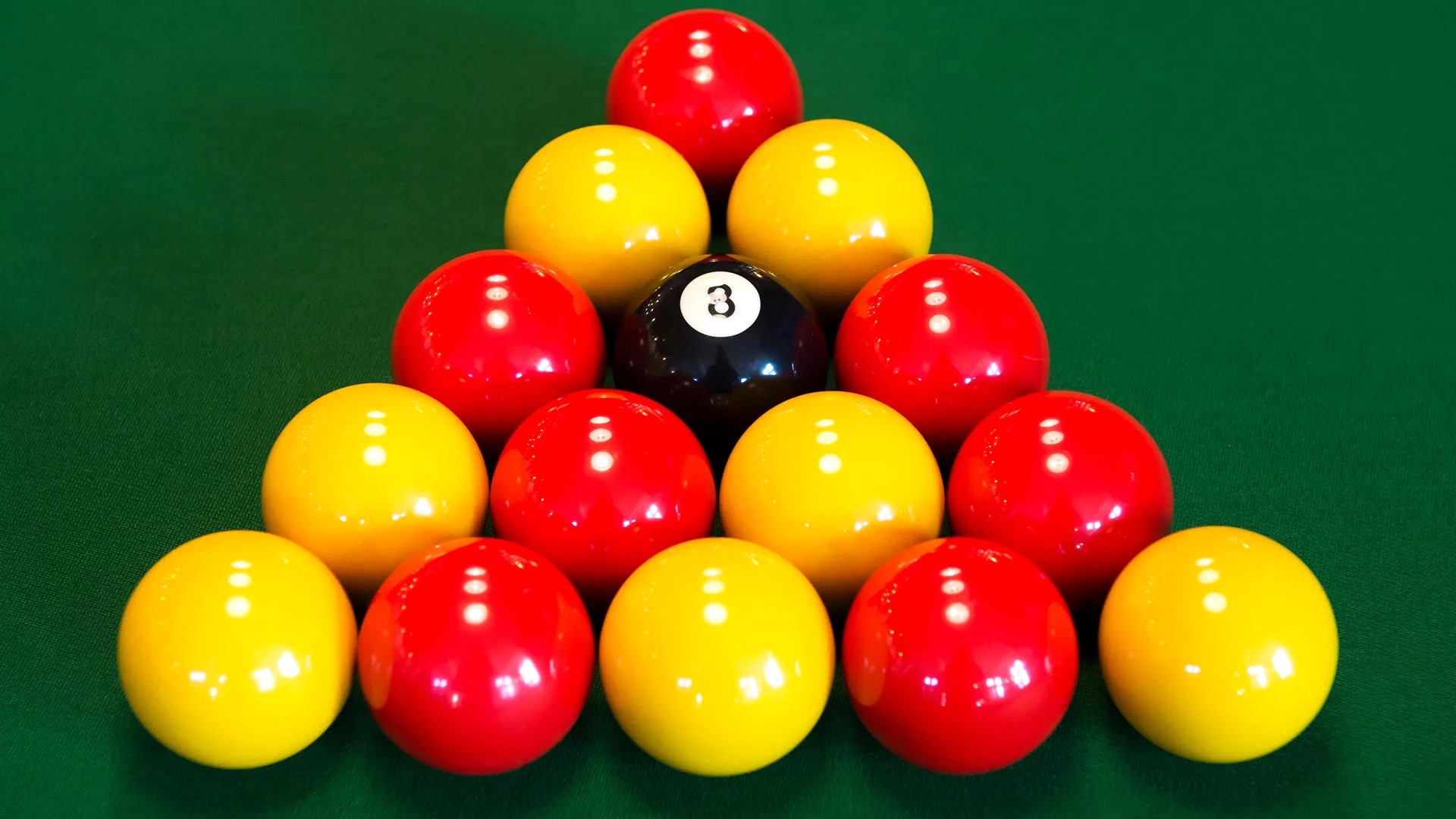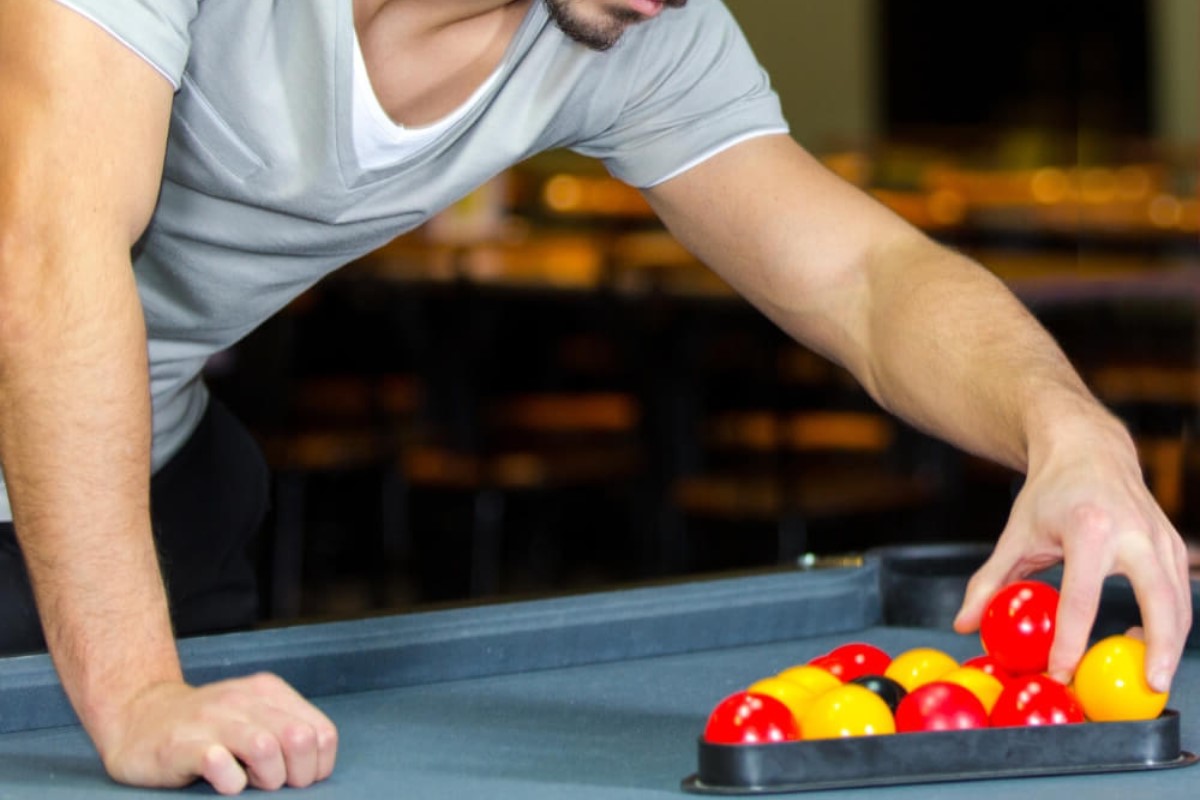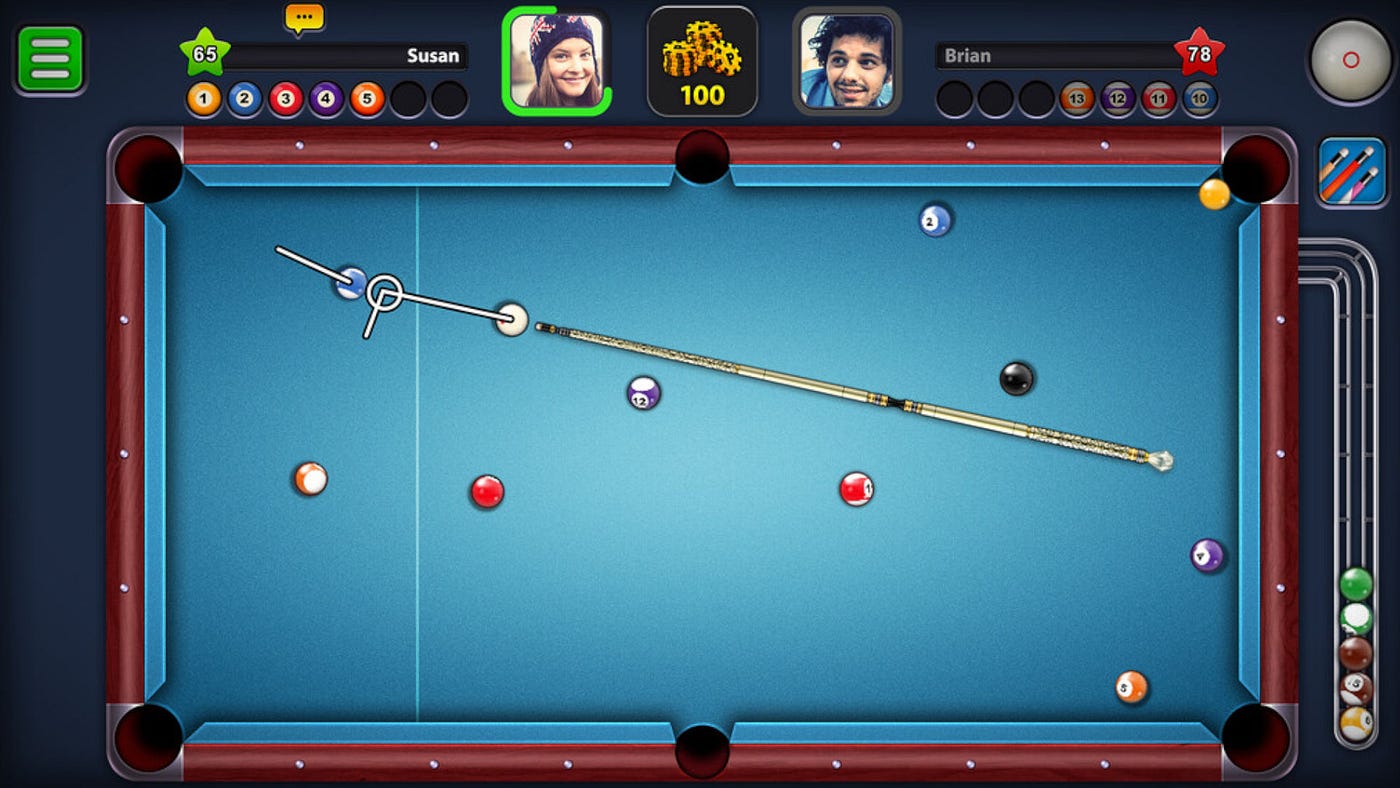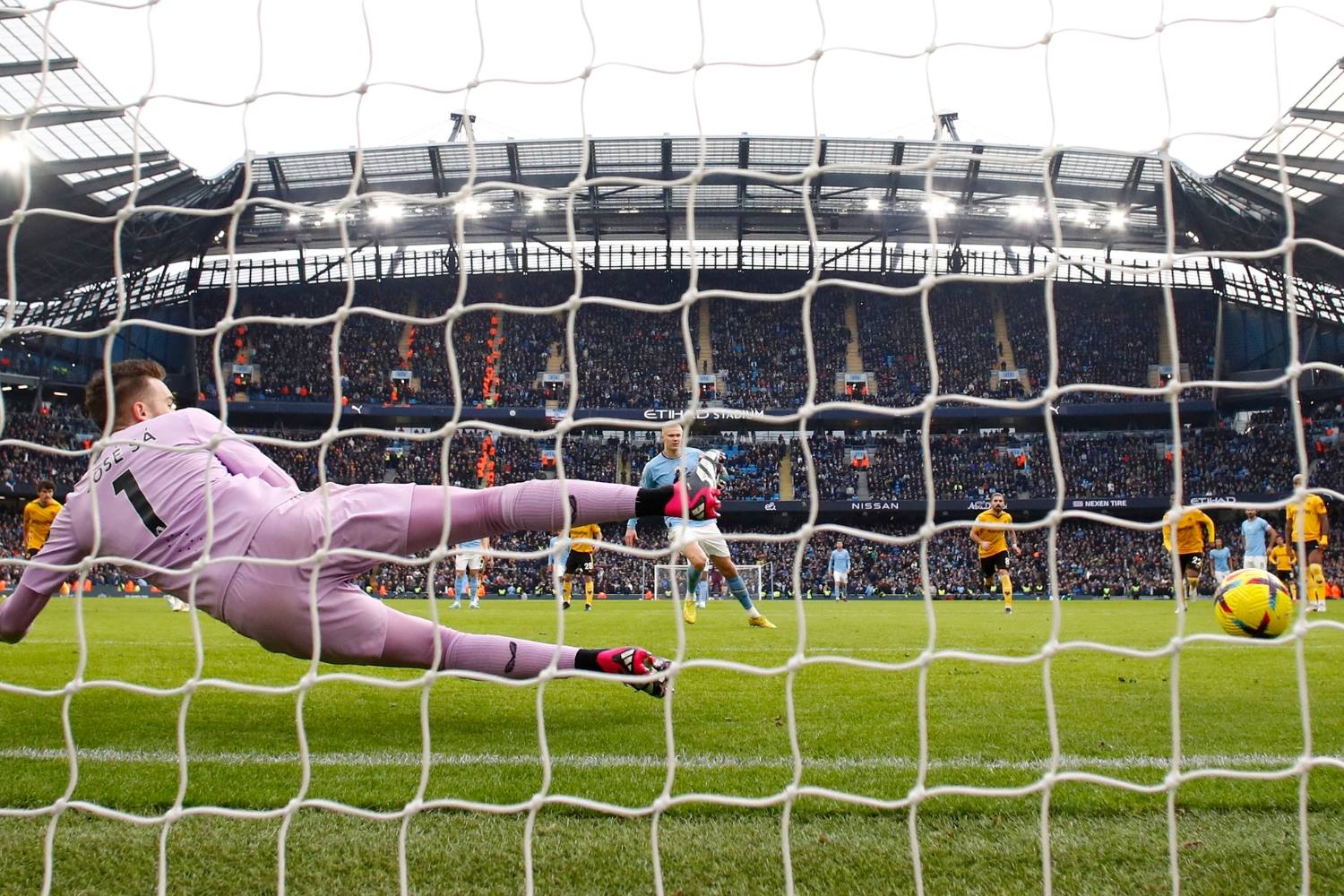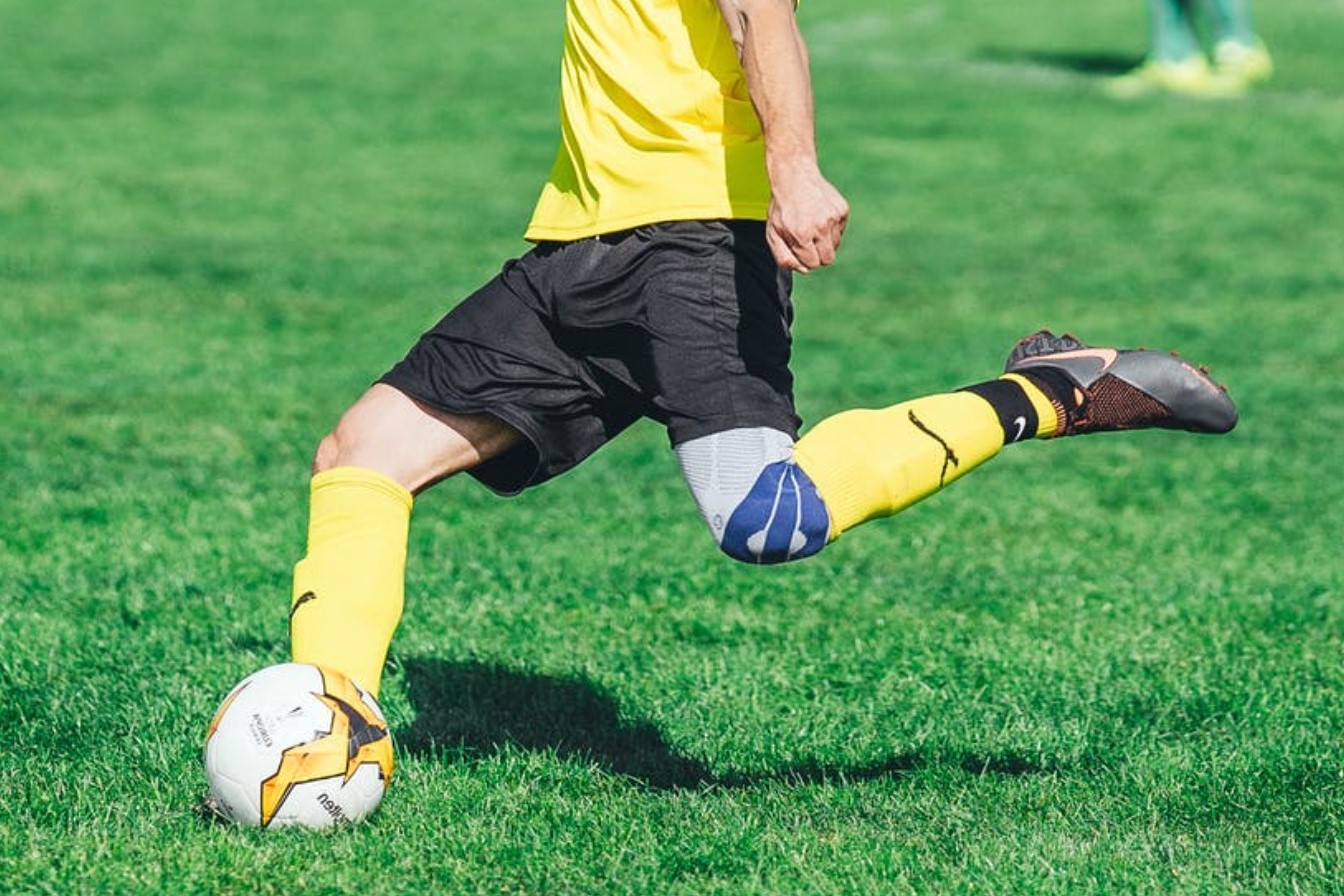

Sports
How To Kick A Soccer Ball
Published: February 25, 2024
Learn the best techniques for kicking a soccer ball and improving your sports skills with our comprehensive guide. Master the art of soccer with expert tips and advice.
(Many of the links in this article redirect to a specific reviewed product. Your purchase of these products through affiliate links helps to generate commission for Noodls.com, at no extra cost. Learn more)
Table of Contents
Introduction
Kicking a soccer ball is a fundamental skill that every player must master to excel on the field. Whether you're a beginner learning the basics or a seasoned player looking to refine your technique, understanding the proper mechanics of kicking is essential for success in the game. In this comprehensive guide, we will delve into the nuances of soccer ball kicking, exploring the various techniques and tips to help you elevate your game.
A powerful and accurate kick can make the difference between a missed opportunity and a game-winning goal. It's not just about striking the ball with force; it's about precision, timing, and finesse. By honing your kicking skills, you can become a valuable asset to your team, capable of delivering game-changing plays and contributing to victories on the pitch.
Throughout this article, we will explore the three primary techniques for kicking a soccer ball: using the inside of the foot, using the outside of the foot, and using the instep. Each method offers distinct advantages and is suited for different situations during a game. By mastering these techniques, you can adapt to various game scenarios and make strategic plays that propel your team toward success.
Additionally, we will provide valuable tips for improving your kick, including exercises to enhance your strength and flexibility, as well as drills to sharpen your accuracy and control. These insights will empower you to elevate your kicking prowess and become a more formidable force on the soccer field.
Whether you're aiming for a precise pass, a powerful shot on goal, or a strategic cross to a teammate, the ability to kick a soccer ball effectively is a cornerstone of the sport. By understanding the proper techniques and implementing the tips outlined in this guide, you can elevate your game and make a significant impact during matches. So, let's dive into the world of soccer ball kicking and unlock the secrets to mastering this essential skill.
Read more: How To Draw A Soccer Ball
Proper Technique for Kicking
Mastering the proper technique for kicking a soccer ball is crucial for players at every level. A well-executed kick can determine the outcome of a match, making it essential to understand the mechanics and nuances of this fundamental skill.
When preparing to kick the ball, it's important to maintain a stable and balanced stance. Position your non-kicking foot beside the ball, slightly behind it for optimal balance and control. Your body should be slightly leaning forward, with your eyes focused on the target. This posture sets the foundation for a powerful and accurate kick.
As you approach the ball, ensure that your striking foot is positioned correctly. For right-footed players, the non-kicking foot should be aligned with the ball, while the kicking foot is drawn back, ready to make contact. The opposite applies to left-footed players. This positioning allows for a natural and fluid motion when striking the ball.
When making contact with the ball, aim to strike it with the area of your foot that best suits the intended outcome. For long-range shots or powerful passes, using the instep provides the necessary surface area and control. For quick and precise passes, the inside of the foot offers accuracy and swiftness. When attempting a curved shot or a skillful cross, utilizing the outside of the foot allows for finesse and spin on the ball.
The follow-through after striking the ball is equally important. After making contact, extend your kicking leg forward and upward, ensuring a smooth and continuous motion. This follow-through not only adds power to your kick but also contributes to the accuracy and trajectory of the ball.
Incorporating these fundamental elements into your kicking technique sets the stage for consistent and effective performance on the field. By mastering the mechanics of a proper kick, you can elevate your game and become a more versatile and impactful player.
Understanding the nuances of each kicking technique and practicing them diligently can significantly enhance your ability to contribute to your team's success. Whether it's delivering a precise pass to a teammate, launching a powerful shot on goal, or executing a strategic cross, the proper technique for kicking is a cornerstone of soccer that can elevate your performance and make a tangible difference in every match.
Using the Inside of the Foot
When it comes to precise and controlled passes in soccer, the inside of the foot is a go-to technique for players looking to distribute the ball with accuracy and finesse. This method allows for swift and controlled contact with the ball, making it ideal for short to mid-range passes, as well as quick changes in direction during gameplay.
To execute a pass using the inside of the foot, begin by positioning your non-kicking foot next to the ball, providing a stable base for the upcoming action. As you approach the ball, angle your kicking foot so that the inside of the foot is aligned with the desired striking area. This positioning sets the stage for a clean and accurate connection with the ball.
When making contact, focus on striking the center of the ball with the inside of your foot. This ensures a flat and precise trajectory, allowing the ball to travel directly to your intended target. The inside of the foot provides a large surface area for contact, facilitating greater control over the direction and speed of the pass.
One of the key advantages of using the inside of the foot for passing is the ability to disguise your intentions from opponents. Unlike more obvious kicking techniques, such as using the instep for long-range shots, the inside of the foot allows for subtle and deceptive passes that can catch defenders off guard. This element of surprise can create valuable opportunities for your team to advance the ball and create scoring chances.
Moreover, mastering the inside-of-the-foot pass enables players to maintain possession and control in tight spaces. Whether navigating through a crowded midfield or evading defensive pressure, the ability to swiftly and accurately distribute the ball using the inside of the foot is a valuable asset for maintaining offensive momentum and dictating the flow of the game.
By honing your proficiency in using the inside of the foot, you can become a more versatile and strategic player on the field. Whether it's threading a precise through-ball to a teammate, executing a quick one-touch pass to maintain possession, or delivering a deceptive pass to unlock the opponent's defense, the inside-of-the-foot technique empowers players to orchestrate plays with finesse and precision.
Incorporating the inside-of-the-foot pass into your repertoire not only enhances your individual skills but also contributes to the overall fluidity and effectiveness of your team's gameplay. This technique exemplifies the artistry of soccer, showcasing the beauty of controlled and purposeful ball movement that can elevate your team's performance and lead to scoring opportunities.
Mastering the inside-of-the-foot pass requires dedication and practice, but the rewards are substantial. By adding this technique to your arsenal, you can elevate your ability to distribute the ball with precision, deceive opponents with subtle passes, and contribute to your team's success through strategic and calculated gameplay.
Using the Outside of the Foot
When it comes to executing skillful and deceptive passes, as well as bending shots with finesse, the outside of the foot emerges as a valuable technique in a soccer player's repertoire. This method offers a unique approach to striking the ball, allowing for curved trajectories, unexpected passes, and surprising opponents with its unconventional and creative application.
To employ the outside-of-the-foot technique effectively, players must position themselves strategically in relation to the ball. As they approach the ball, the non-kicking foot should be placed beside it, providing a stable foundation for the upcoming action. Meanwhile, the kicking foot is angled so that the outside of the foot is aligned with the intended striking area. This positioning sets the stage for a distinctive and controlled connection with the ball.
When making contact, the focus shifts to striking the ball with the outer edge of the foot. This unconventional approach allows for a unique spin and trajectory, enabling players to bend the ball around defenders or deliver unexpected passes that catch opponents off guard. The outside of the foot provides a smaller surface area for contact compared to the inside of the foot, but its specialized application offers a range of strategic advantages on the field.
One of the key benefits of utilizing the outside-of-the-foot technique is the element of surprise it introduces into gameplay. Opponents may anticipate a pass or shot executed with the more conventional inside-of-the-foot or instep techniques, but the outside-of-the-foot approach introduces an element of unpredictability. This unpredictability can be a game-changer, creating opportunities for players to bypass defenders, deliver unexpected crosses, or execute bending shots that challenge the goalkeeper.
Moreover, mastering the outside-of-the-foot technique empowers players to navigate through tight defensive formations and create space for themselves and their teammates. By bending the ball around defenders or delivering unexpected passes with the outside of the foot, players can unlock defensive lines, create scoring opportunities, and maintain possession in challenging situations. This level of creativity and adaptability adds a dynamic dimension to a player's skill set, enabling them to influence the flow of the game in innovative ways.
Incorporating the outside-of-the-foot technique into a player's arsenal not only showcases their creativity and technical prowess but also contributes to the overall strategic depth of their team's gameplay. This technique exemplifies the artistry of soccer, demonstrating the capacity for inventive and unexpected plays that can shift the momentum of a match and lead to game-changing moments.
Mastering the outside-of-the-foot technique requires dedication and practice, but the rewards are substantial. By adding this technique to their repertoire, players can elevate their ability to deliver surprising passes, execute bending shots, and influence the flow of the game with creativity and flair.
Using the Instep
The instep, also known as the laces or the top of the foot, is a versatile and powerful tool for soccer players when it comes to striking the ball with precision and force. This technique is commonly employed for long-range shots, accurate passes, and goal-scoring opportunities, making it an essential skill for players looking to make a significant impact on the field.
To utilize the instep effectively, players must position themselves strategically in relation to the ball. As they approach the ball, the non-kicking foot should be placed beside it, providing a stable foundation for the upcoming action. Meanwhile, the kicking foot is drawn back, ready to make contact with the ball using the top part of the foot.
When making contact, the focus shifts to striking the center to top half of the ball with the instep. This method allows players to generate significant power and accuracy, making it ideal for delivering long-range shots on goal or launching precise passes to teammates. The large surface area of the instep provides ample contact with the ball, facilitating control over the direction and velocity of the strike.
One of the key advantages of using the instep for striking the ball is the ability to generate substantial power and velocity. Whether unleashing a powerful shot from outside the penalty area or delivering a long, driven pass to a teammate, the instep allows players to impart significant force onto the ball, increasing the likelihood of reaching their intended target with speed and accuracy.
Moreover, mastering the instep technique empowers players to capitalize on goal-scoring opportunities from various distances on the field. By harnessing the power and precision of the instep, players can unleash formidable shots on goal, challenging goalkeepers and creating scoring chances that can turn the tide of a match in their team's favor.
Incorporating the instep technique into a player's skill set not only enhances their ability to deliver powerful and accurate strikes but also contributes to the overall offensive prowess of their team's gameplay. This technique exemplifies the artistry of soccer, showcasing the capacity for players to unleash dynamic and impactful plays that can shift the momentum of a match and lead to decisive moments.
Mastering the instep technique requires dedication and practice, but the rewards are substantial. By adding this technique to their repertoire, players can elevate their ability to deliver powerful shots on goal, launch precise long-range passes, and influence the outcome of a game with their striking prowess.
Read more: How To Curve A Bowling Ball
Tips for Improving Your Kick
Improving your kicking technique in soccer requires dedication, practice, and a commitment to refining your skills. Whether you're aiming to enhance the power, accuracy, or versatility of your kicks, incorporating specific tips and exercises into your training regimen can significantly elevate your performance on the field. Here are valuable insights and practical tips to help you improve your kicking prowess:
-
Strength and Flexibility Training: Strengthening the muscles in your legs, particularly the quadriceps, hamstrings, and calves, is essential for generating power and velocity in your kicks. Incorporate exercises such as squats, lunges, and calf raises into your fitness routine to build lower body strength. Additionally, prioritize flexibility training to ensure a full range of motion in your kicking leg, enabling you to execute fluid and powerful strikes with ease.
-
Targeted Practice Drills: Devote focused practice sessions to specific aspects of your kicking technique, such as accuracy, distance, and ball control. Set up targets on the field and aim to consistently hit them with different types of kicks, including passes, shots, and crosses. By honing your precision through targeted drills, you can develop the muscle memory and control necessary to execute kicks with pinpoint accuracy during game situations.
-
Variety in Kicking Techniques: Expand your repertoire of kicking techniques by mastering different methods, including using the inside of the foot, outside of the foot, and instep. Each technique offers unique advantages and applications on the field, allowing you to adapt to diverse game scenarios and contribute strategically to your team's gameplay. Practice and refine each technique to become a well-rounded and versatile kicker.
-
Visualization and Mental Preparation: Mental imagery and visualization can play a significant role in improving your kicking performance. Before training sessions and matches, visualize yourself executing flawless kicks, envisioning the trajectory and outcome of each strike. This mental rehearsal can enhance your confidence and focus, leading to more composed and effective kicking during actual gameplay.
-
Consistent Repetition: Mastery of kicking techniques comes through consistent repetition and deliberate practice. Dedicate regular practice sessions to refining your kicks, focusing on proper form, timing, and follow-through. By ingraining the mechanics of a strong and accurate kick through repetition, you can develop a reliable and consistent kicking style that translates into impactful plays during matches.
-
Seek Feedback and Coaching: Solicit feedback from coaches, teammates, or experienced players to gain valuable insights into your kicking technique. Constructive feedback can pinpoint areas for improvement and provide specific guidance for refining your kicks. Additionally, consider working with a skilled coach who can offer personalized instruction and drills tailored to enhance your kicking abilities.
-
Game-Situation Simulations: Incorporate game-situation simulations into your training to replicate the pressure and dynamics of real match scenarios. Practice delivering crosses, taking shots on goal, and executing precise passes while under simulated game conditions. This approach can help you acclimate to the intensity of actual gameplay, refining your ability to execute effective kicks when it matters most.
By integrating these tips into your training and practice routine, you can elevate your kicking skills and become a more impactful and versatile player on the soccer field. Consistent effort, attention to detail, and a commitment to improvement are essential for refining your kicking technique and making a meaningful contribution to your team's success.
Conclusion
In conclusion, mastering the art of kicking a soccer ball is a journey that requires dedication, practice, and a deep understanding of the various techniques and nuances involved. From utilizing the inside of the foot for precise passes to harnessing the power of the instep for long-range shots, each kicking technique offers unique advantages and strategic applications on the field. By honing these skills, players can elevate their performance, contribute to their team's success, and make a tangible impact during matches.
The ability to kick a soccer ball effectively is not merely about striking it with force; it encompasses precision, timing, and finesse. Whether it's delivering a pinpoint pass to a teammate, launching a powerful shot on goal, or executing a strategic cross to unlock the opponent's defense, the proper technique for kicking is a cornerstone of the sport that can lead to game-changing plays.
Furthermore, the journey to improving one's kicking prowess extends beyond mastering individual techniques. It involves strength and flexibility training, targeted practice drills, mental preparation, consistent repetition, seeking feedback and coaching, and simulating game scenarios. By incorporating these elements into their training regimen, players can refine their skills, enhance their kicking abilities, and become more versatile and impactful on the field.
Ultimately, the art of kicking a soccer ball embodies the essence of the sport's beauty and complexity. It requires a harmonious blend of physical prowess, technical proficiency, and strategic acumen. As players strive to master the intricacies of kicking, they embark on a quest for excellence that transcends individual performance and contributes to the collective success of their team.
In the world of soccer, the impact of a well-executed kick reverberates beyond the individual player, influencing the dynamics of the game and shaping the outcome of matches. Whether it's a perfectly placed pass that sets up a scoring opportunity, a thunderous shot that finds the back of the net, or a skillful cross that leads to a decisive goal, the art of kicking a soccer ball is a testament to the artistry and athleticism inherent in the sport.
As players continue to refine their kicking skills through dedicated practice, unwavering determination, and a commitment to improvement, they embody the spirit of soccer and contribute to the enduring legacy of this beloved sport. With each precise pass, powerful shot, and strategic play, they leave an indelible mark on the pitch, inspiring teammates, captivating fans, and shaping the narrative of the beautiful game.
